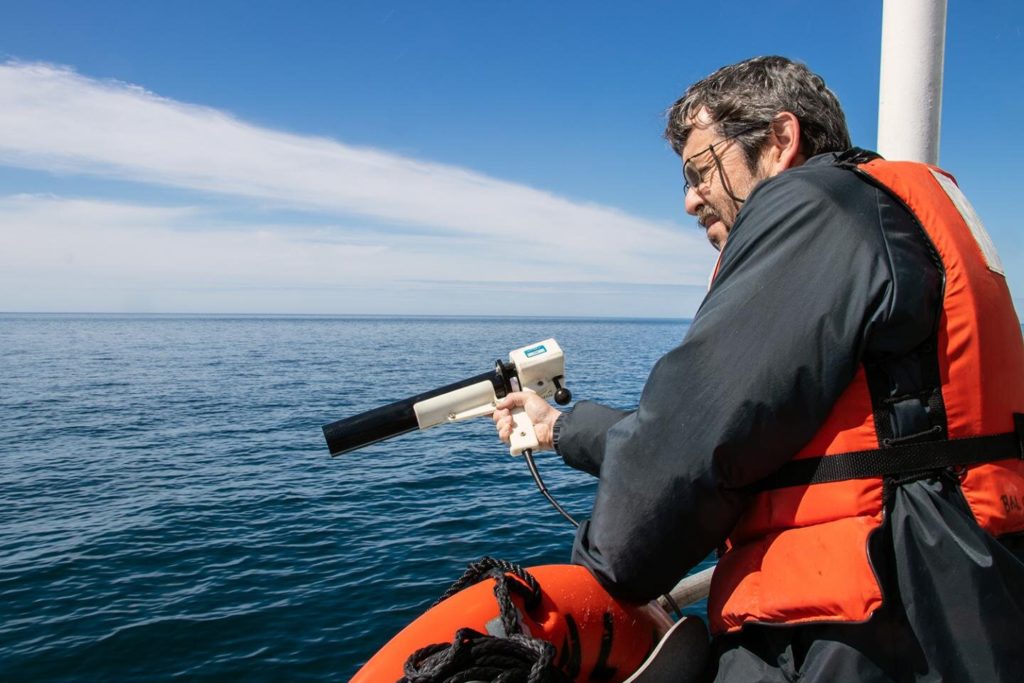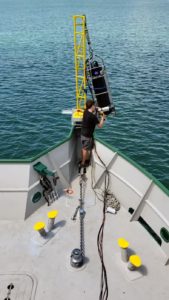New method lets scientists peer deeper into ocean

Researchers have advanced a new way to see into the ocean’s depths, establishing an approach to detect algae and measure key properties using light, according to Phys.org.
A paper published in Applied Optics reports using a laser-based tool, lidar, to collect these measurements far deeper than has been typically possible using satellites.
“Traditional satellite remote sensing approaches can collect a wide range of information about the upper ocean but satellites typically can’t ‘see’ deeper than the top five or 10 metres of the sea,” says Barney Balch, a senior research scientist at Bigelow Laboratory for Ocean Sciences and an author of the paper.

Brian Collister tends to a laser-based lidar system
“Harnessing a tool that lets us look so much deeper into the ocean is like having a new set of eyes.”
Lidar uses light emitted by lasers to gain information about particles in seawater, much as animals like bats and dolphins use sound to echolocate targets. By sending out pulses of light and timing how long it takes the beams to hit something and bounce back, lidar senses reflective particles like algae in the water.
Lead study author and a Ph.D. student at Old Dominion University, Brian Collister, explains: “The lidar approach has the potential to fill some important gaps in our ability to measure ocean biology from space. This technique will shed new light on the distribution of biology in the upper oceans, and allow us to better understand their role in Earth’s climate.”
Read the full article online.










